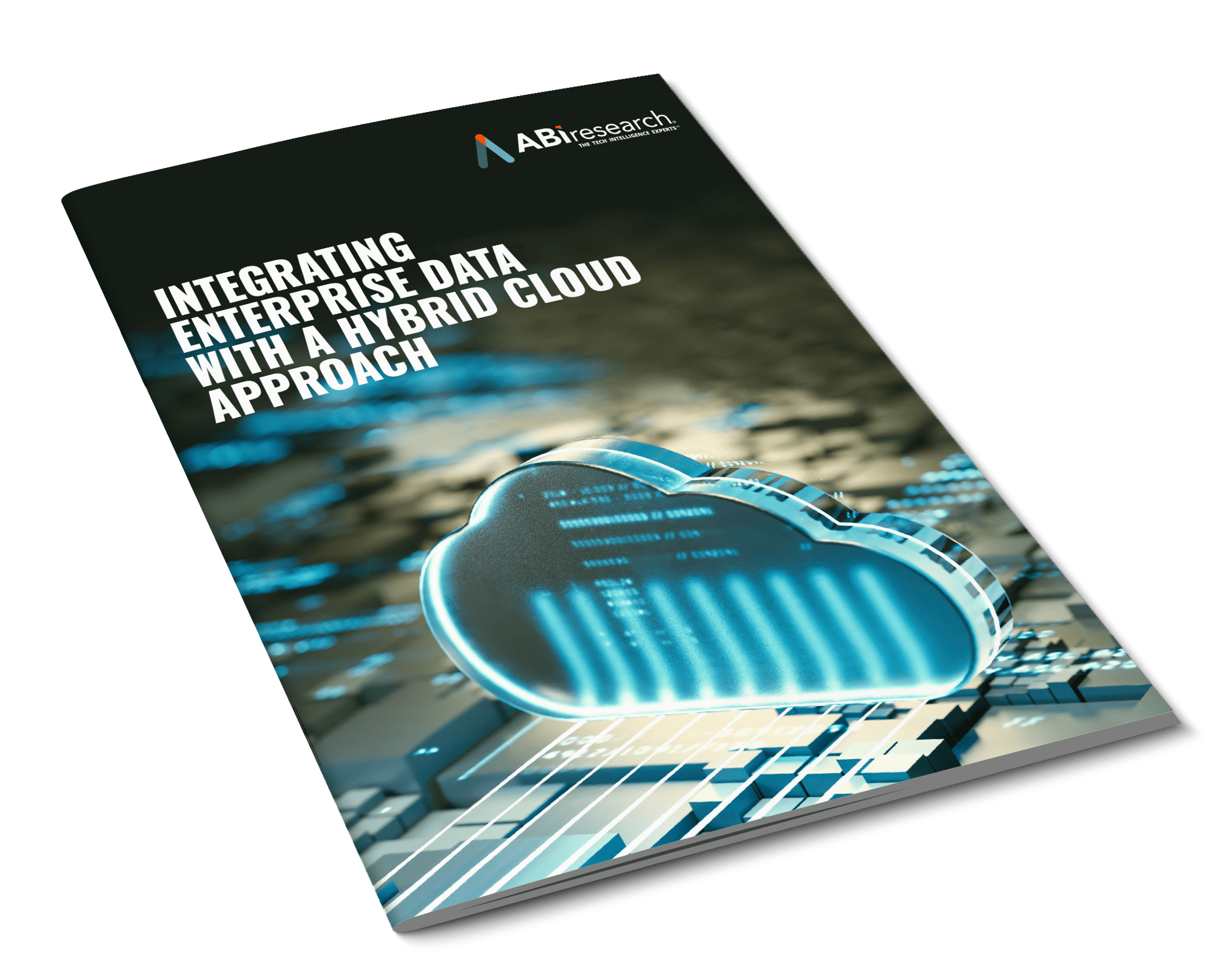As enterprises digitally transform, unifying data requires a flexible, scalable, and secure approach to data processing and storage.
However, the historically fragmented nature of data generation makes it less likely that enterprises are making the best business decisions. Manufacturers, for instance, are expected to generate more than twice as much data annually by 2030, but most of the data is siloed. This challenge serves as a catalyst for advancing data integration capabilities.
To overcome these challenges, ABI Research believes data integration solutions like data fabric should be built with a hybrid cloud in mind. The hybrid cloud is a computing approach that combines public/private cloud platforms, edge deployments, and on-premises infrastructure to converge enterprise data from numerous sources.
This whitepaper provides an overview of how enterprise data requirements are evolving and how vendors can address their ongoing data challenges with data fabric. Key points include::
- Data generation by the numbers
- Making sense of enterprise data with integration tools
- How data fabric helps IT organizations
- Hybrid cloud and edge solutions as the bedrock of data fabric
- Where data centers fit into the equation
- Strategic steps for data integrators

